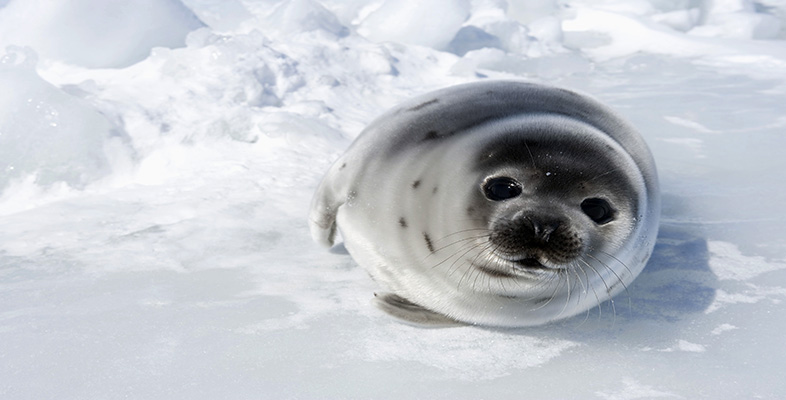3.3 Bears
Brown or grizzly bears (Ursus arctos), and black bears (U. americanus) feed throughout the summer on grass, fruit, nuts, fish, small mammalian prey and carrion. In autumn, all brown and black bears fatten rapidly before entering caves or hollow trees where they become dormant for weeks or months. The terms ‘hibernation’ and ‘torpor’ are sometimes used to describe this state in bears. To avoid confusion with true hibernation, this phenomenon is here called ‘dormancy’. Much of the research on the metabolic basis of this physiological state has been carried out in the USA on the black bear, which occurs over most of USA and southern Canada and is smaller and easier to maintain in captivity than brown bears or polar bears.
